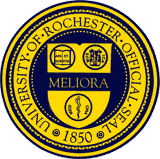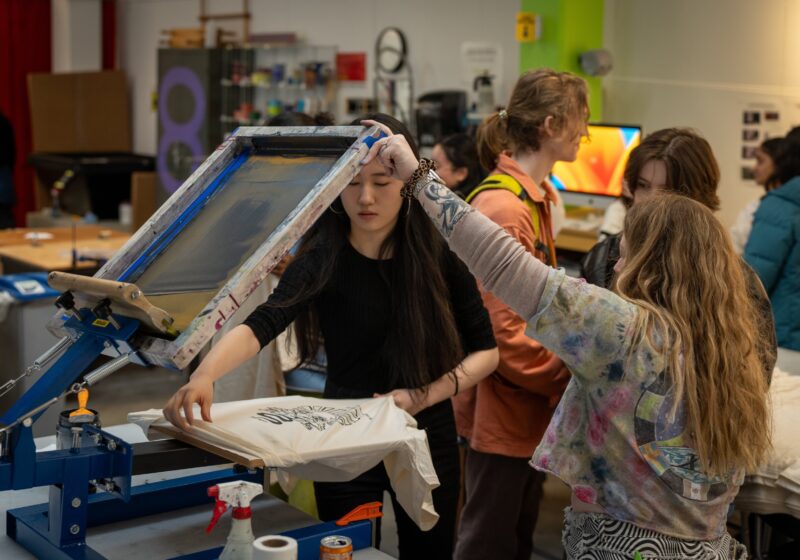Throughout the history of UR, the school has undergone many changes in its physical layout. Since moving to the River Campus, the University has experienced several sequential waves of expansion following significant monetary gifts from donors.
This trend is most tangibly seen this year through the construction of several more buildings on the River Campus, whichwill allow the University to showcase the areas that they’re seeking to improve through a strong presentation of its facilities during Meliora Weekend.
Although the University has existed since 1850, its move to the River Campus only occurred in 1930 when the “College for Men” opened at the site of the Oak Hill country club. The site was recommended by George W. Todd — a personal friend of Rush Rhees — and was commended for its extreme beauty and perfection for the construction of a new college. More importantly, it was the perfect location for a college wishing to expand indefinitely, as was described in a 1927 plea for donors by the President of Associated Alumni of that same year, Joseph T. Alling (class of 1876).
Alling outlined seven points of concern for the University’s future, those being:
“Firstly, that UR has reached a crisis in its career.
“Secondly, a group of friendly citizens has challenged us to look beyond the morrow and plan for the college of 50 to 100 years from now.
“Thirdly, it is desirable for the College of Arts and the Medical College to be located in the physical proximity to each other.
“Fourthly, eight or nine acres in immediate vicinity of the present campus would cost twice as much as the Oak Hill site of 80 acres.
“Fifthly, the Oak Hill site is ideal, presenting many advantages.
“Sixthly, the old campus and buildings should remain in the hands of the University.
“And lastly, a separate college for women on the old campus would be to the mutual betterment of both men and women, as well as that The College of Arts and Sciences must not be eclipsed by the new university departments.”
These concerns — arguably with the exception that the segregation of women and men in the modern day is either acceptable or desirable — echo many of the reasons the University seeks to expand today. The “crisis” that Alling mentions is his concern that the over-admittance of students would rob undergraduates of the education they seek and deserve, and that it would ultimately lower academic rigor if a university could not accommodate all the students that it accepted. Perhaps the greatest complaint on campus today concerns the sudden overcrowding of students that is blamed on over-admittance (which, although it is partly true, has more to do with too many students seeking campus housing) and how students are literally crammed into the residential centers. Seen as a crisis necessitating expansion back then, the University is now living up to the continued plans of expanding the college even further.
Overall, it appears that the pre-River Campus experience is starkly similar to the current situation at UR. Pleas for donations to complete the mission of making Rochester more cutting-edge and inclusive of academic/research endeavors are promoted all over campus, and are sure to pepper this weekend through the various events dedicated to alumni. In addition, the requests to students to write checks in respect of their Alma Mater follows the pattern of fundraising campaigns from the University, which hopes to be the greatest campaign in UR history.
Considering that for the 1930 construction of the River Campus, contributions included $2.5 million from George Eastman, $1.175 million from The General Education Board of New York and $1.5 million from alumni, the administration clearly has their work cut out for them.
Either way, the continual looking forward of UR developments undoubtedly provides beneficial changes to the University and, as the UR motto states, becomes ever better with the progress of these pursuits.
Cicoria is a member of the class of 2012.






